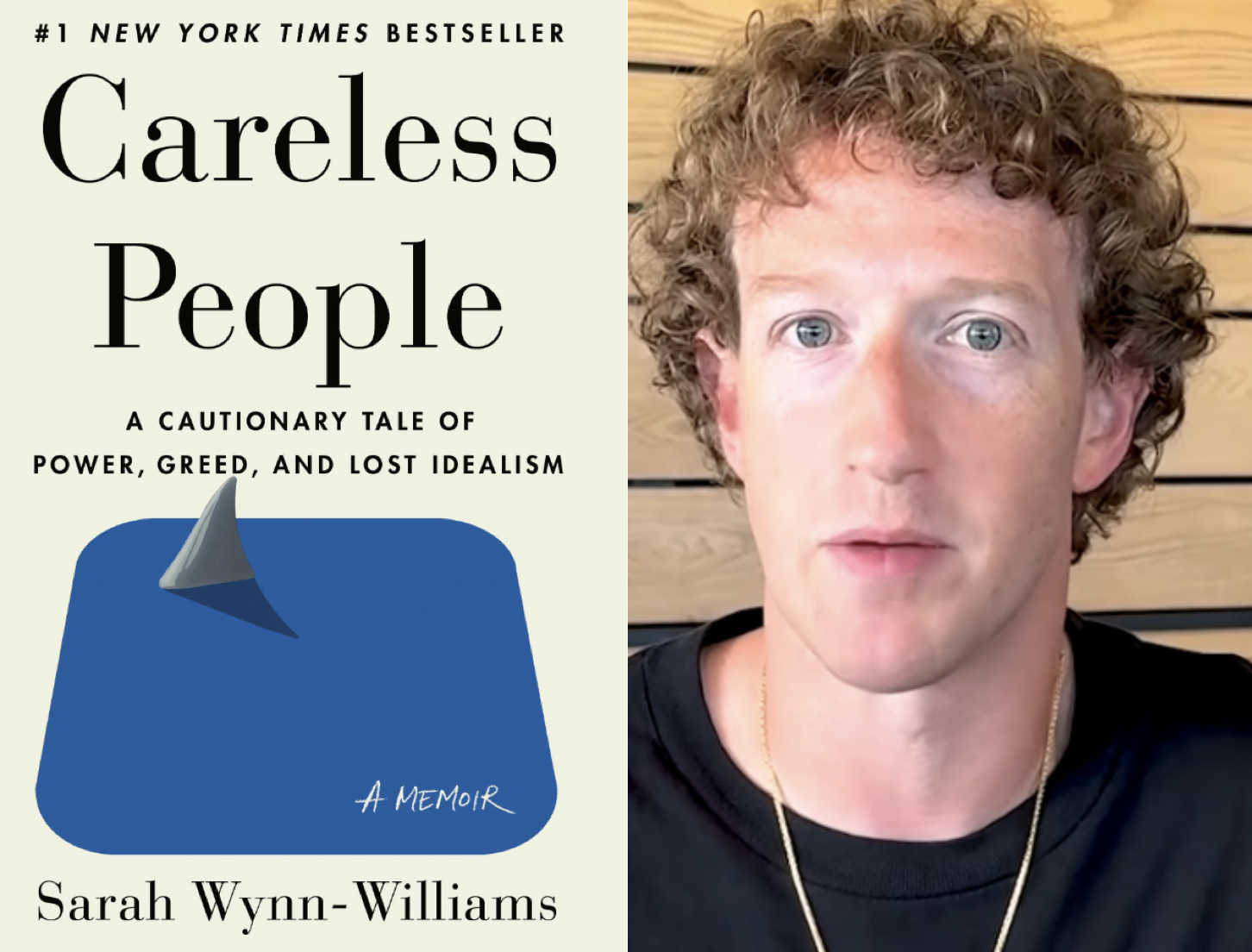Scammers Used OpenAI to Flood the Web with SEO Spam
AkiraBot is a program that fills website comments sections and customer service chat bots with AI-generated spam messages. Its goal is simple: it wants you to sign up for an SEO scheme that costs about $30 a month. For that low price it swears it can enchant Google’s algorithms to get you on the frontpage. But it’s a scam.
A new report from researchers at cybersecurity firm SentinelOne documented how scammers deployed AkiraBot, the tool’s use of OpenAI generated messages, and how it avoided multiple CAPTCHA systems and network detection techniques. According to the report, the bot targeted 420,000 unique domains and successfully spammed 80,000.
Whoever runs AkirBot operates their SEO company under a bunch of different names, but they all tend to use the words “Akira” or “ServiceWrap.” SentinelOne says the tool finds websites crafted by third party software like Wix or Squarespace and spams comments sections and automated chatbots with a promise to get the site on the frontpage of various search engines. If you have a small business that exists on the web or have run a WordPress-based website in the last 15 years, you’ve likely seen messages like those AkiraBot crafts.
“My name is Megan, from The Akira Team—I just noticed your website through your Entireweb Website Listing, and wanted to get in touch with you right away,” a typical message reads, left in the comments of a candle company shop. “We have a special offer for your website today, and that is 1st Page Rankings in all major search engines (That’s Google, Yahoo and Bing) + social media and video commercial advertising starting at just $29.99 which I am ABSOLUTELY certain will benefit your website and business, by bringing you LOTS of new customers, very very quickly.”
The oldest domain associated with the bot was registered in 2022 and SentinelOne says it was able to track its progression as it moved from attacking Shopify sites and evolved to take on those created with GoDaddy, Wix, and Squarespace.
According to the researchers, AkiraBot used an OpenAI chat API to craft custom messages using gpt-4o-mini. It prompted GPT to give it messages after prompting it to be a “helpful assistant that generates marketing messages.” All the messages were similar, but just different enough to fool traditional spam filters.
OpenAI did not respond to 404 Media’s request for comment, but SentinelOne thanked it in the conclusion of its report and printed a statement from the company. “We’re grateful to SentinelOne for sharing their research,” OpenAI told SentinelOne. “Distributing output from our services for spam is against our policies. The API key involved is disabled, and we’re continuing to investigate and will disable any associated assets. We take misuse seriously and are continually improving our systems to detect abuse.”
The bot also evaded CAPTCHA, according to the researchers “We identified an archive with files for CAPTCHA-related servers and browser fingerprints, which allow the bot’s web traffic to mimic a legitimate end user. The archives contain a fingerprint server that runs on the same system as the other AkiraBot tools and intercepts the website loading processes using Selenium WebDriver, an automation framework that simulates user browsing activity,” the report said.
SentinelOne also detailed how the bot used proxy hosts to avoid network detection. “In each archive SentinelOne analyzed, AkiraBot used the SmartProxy service. SmartProxy’s website claims that its proxies are ethically sourced and that they provide data center, mobile, and residential proxies,” the report said. “Each version of the bot uses the same proxy credentials, suggesting the same actor is behind each iteration.”
One recent variant of the bot—Useakira—is still up and has customer reviews on Trustpilot. They’re all either five stars or one star. “Just got spammed on my wix chat too! Thanks for the reviews on here for saving me some time in confirming it’s spam!” One user said.
“No idea who this company are until today when I suddenly start getting emails. They've scraped my data from my website and are using it to try to sell me website advertising,” said another included in the report.
“Received 5 emails Useakira in one day though our websites contact us form, Trying to push their service, Spam company will not be engaging with them,” said a third.
There are also a lot of five star reviews for the service, but SentineLABS noted they follow a pattern. Five star reviewers tend to have one previous review made a few days before the Akira or ServiceWrap review and the messages often sound the same. “We believe the actor may be generating some fake reviews, though it is difficult to say with certainty,” the report said.
Although OpenAI did shut down the bad actor’s API key, that the bot exists at all and was successful tens of thousands of times points to a grim future. AI slop is a brute force attack on algorithms that’s filling all our feeds with machine-generated poison. Now crooks have used a similar method to run an SEO scam. It worked, for a while.
Whoever built it will probably come back with something else. “We expect this campaign to continue to evolve as website hosting providers adapt defenses to deter spam,” SentinelOne said in its report.
On Wednesday President Trump signed an executive order which told respective agencies to revoke any security clearance held by Chris Krebs, SentinelOne’s Chief Intelligence and Public Policy Officer, and others at the company. While he was the head of a part of DHS focused on cybersecurity, Krebs said that Biden won the 2020 election, going against Trump’s false claims the election was stolen.
“We are a cybersecurity company – our mission is to defend customers, enterprises, and governments against cyber threats by leveraging the most advanced Artificial Intelligence. We view the White House as a crucial collaborator on that mission, and we will continue to support a strong America at a time of heightened geopolitical threats,” SentinelOne said in a statement. “We will actively cooperate in any review of security clearances held by any of our personnel – currently less than 10 employees overall and only where required by existing government processes and procedures to secure government systems. Accordingly, we do not expect this to materially impact our business in any way.”




















